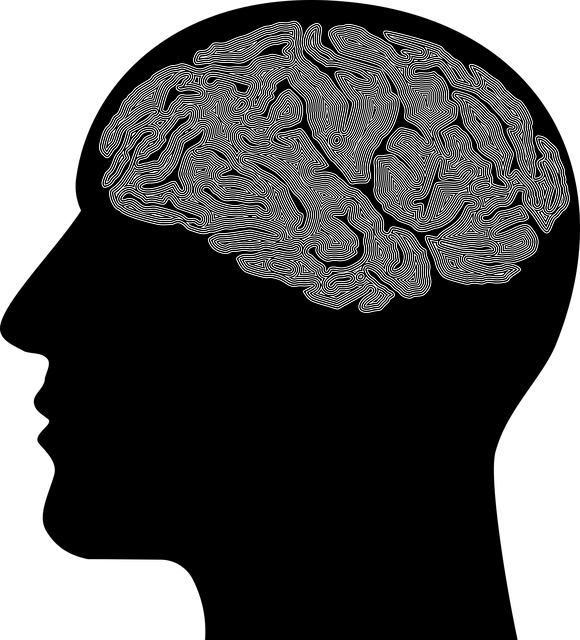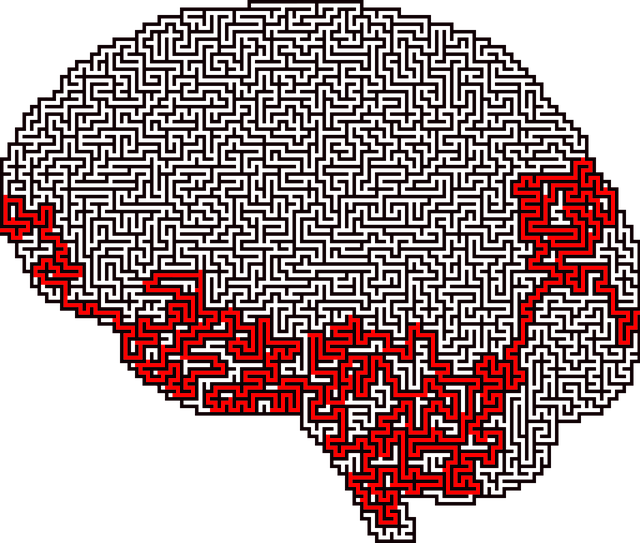Greenwood Village Gender Identity Therapy focuses on understanding diverse community needs through demographic analysis and cultural sensitivity. By tailoring interventions like cognitive-behavioral therapy and mindfulness practices, they address unique stressors faced by young adults, older individuals, and more. Strategic partnerships with local entities expand services, while a hybrid outreach approach—combining digital tools and traditional methods—engages tech-savvy audiences and fosters inclusivity. Continuous improvement through robust evaluation ensures tailored programs that enhance mental health education, stress management, and community well-being.
Greenwood Village is transforming community outreach with its innovative Gender Identity Therapy programs. This comprehensive guide explores strategies for inclusive service delivery, focusing on understanding diverse community needs. We delve into identifying target demographics and designing welcoming environments that cater to all. By fostering partnerships with local organizations and leveraging effective communication channels, Greenwood Village expands access to therapy. This article also highlights the importance of measuring success and gathering feedback to enhance future outreach initiatives for better outcomes in Gender Identity Therapy.
- Understanding Community Needs: Identifying Target Demographics for Greenwood Village Gender Identity Therapy Programs
- Designing Inclusive Outreach Strategies: Creating a Welcoming Environment for All in the Community
- Building Partnerships: Collaborating with Local Organizations and Businesses to Expand Reach of Services
- Implementing Effective Communication Channels: Utilizing Technology and Traditional Methods for Maximum Impact
- Measuring Success and Gathering Feedback: Evaluating the Outcomes and Enhancing Future Outreach Initiatives
Understanding Community Needs: Identifying Target Demographics for Greenwood Village Gender Identity Therapy Programs

Understanding Community Needs is a critical step in implementing successful Greenwood Village Gender Identity Therapy programs. Identifying specific target demographics requires a nuanced approach to ensure tailored support for individuals navigating gender identity challenges. By delving into the unique stressors and needs of diverse groups within Greenwood Village, therapists can develop targeted interventions. For instance, young adults might face distinct pressures related to self-acceptance and transition processes, while older individuals may struggle with social isolation and access to appropriate resources.
This demographic analysis further enables therapists to incorporate effective stress reduction methods, such as cognitive-behavioral therapy, mindfulness practices, and group support sessions, into the therapy framework. Moreover, addressing depression prevention and fostering positive thinking can significantly enhance the well-being of individuals participating in these programs. Tailoring therapeutic approaches to meet the specific needs of Greenwood Village residents ensures that gender identity therapy becomes a powerful tool for personal growth and community resilience.
Designing Inclusive Outreach Strategies: Creating a Welcoming Environment for All in the Community

Designing inclusive outreach strategies is an essential step in fostering a welcoming environment for all within the community, especially when aiming to provide mental health services like those offered by Greenwood Village Gender Identity Therapy. It involves understanding and addressing the diverse needs of individuals from various backgrounds, including those facing mental illness stigma and emotional challenges. By implementing initiatives that promote acceptance and accessibility, communities can encourage individuals to seek support without fear of judgment or discrimination.
This process includes tailoring programs to cater to specific populations, ensuring cultural sensitivity, and creating safe spaces where people feel heard and valued. Through such inclusive practices, Greenwood Village Gender Identity Therapy aims to facilitate emotional healing processes and inner strength development, making mental health resources accessible to everyone in need.
Building Partnerships: Collaborating with Local Organizations and Businesses to Expand Reach of Services

Building strong partnerships with local organizations and businesses is a strategic move for Greenwood Village Gender Identity Therapy to expand its reach and services. By collaborating with community entities, the clinic can tap into existing networks, gain access to diverse populations, and offer specialized care tailored to the unique needs of each neighborhood. This approach ensures that mental healthcare becomes more inclusive and accessible, addressing potential barriers to treatment often faced by marginalized communities.
Such partnerships facilitate the integration of Cultural Sensitivity in Mental Healthcare Practice, fostering an environment where Emotional Healing Processes can thrive. By working together, Greenwood Village Gender Identity Therapy and local organizations can jointly address issues like mood management, ensuring that support systems are in place to complement therapeutic interventions. This collaborative effort ultimately contributes to a more robust and responsive mental healthcare ecosystem within the community, benefiting individuals seeking guidance and healing.
Implementing Effective Communication Channels: Utilizing Technology and Traditional Methods for Maximum Impact

Implementing effective communication channels is a cornerstone of successful community outreach programs, especially when addressing sensitive topics like gender identity therapy in Greenwood Village. At Greenwood Village Gender Identity Therapy, we recognize that reaching diverse communities requires a multifaceted approach. This involves both leveraging technology and employing traditional methods to ensure our message resonates with as many individuals as possible.
Online platforms offer unprecedented opportunities for connection, enabling us to engage digitally-savvy audiences through social media campaigns, informative blogs, and virtual support groups. Simultaneously, face-to-face interactions remain indispensable for building trust and fostering deeper connections. We facilitate community meetings, workshops, and one-on-one consultations to provide personalized support and address concerns related to mental illness stigma reduction efforts and inner strength development. By combining these strategies, we aim to enhance depression prevention initiatives and create a more inclusive environment where everyone feels seen and heard.
Measuring Success and Gathering Feedback: Evaluating the Outcomes and Enhancing Future Outreach Initiatives

Measuring success and gathering feedback are crucial aspects of evaluating the outcomes and enhancing future outreach initiatives, as seen in Greenwood Village Gender Identity Therapy’s programs. By implementing robust evaluation methods, the therapy center can assess the impact and effectiveness of their community outreach programs. This involves tracking key performance indicators (KPIs) such as attendance rates, participant satisfaction scores, and behavioral changes. Regular data collection allows for a comprehensive understanding of what works well and where improvements are needed.
Feedback from participants plays a vital role in refining these initiatives. Encouraging open communication channels ensures that the therapy center can incorporate valuable insights from the community they serve. This iterative process fosters empathy-building strategies, strengthens mental health education programs design, and promotes effective stress management techniques. By continuously adapting to community needs, Greenwood Village Gender Identity Therapy can deliver more impactful services and better support their participants’ well-being.
Greenwood Village Gender Identity Therapy can significantly benefit from a well-structured community outreach program. By understanding local demographics, designing inclusive strategies, building partnerships with key organizations, and employing diverse communication channels, these initiatives ensure that services reach those who need them most. Continuous evaluation and feedback collection are vital to improving these programs over time, fostering an environment of support and acceptance for all individuals within the community.














